If you’re looking for an inexpensive and easy way to start gardening, a burlap grow bag may be the perfect solution. Burlap grow bags are a great way to garden in small spaces, and they can be used for a wide variety of plants. Herbs, vegetables, and flowers all do well in burlap grow bags, and the material is porous enough to promote drainage while still retaining moisture. Best of all, burlap is a sustainable material that can be reused or composted when you’re finished with it.
In this blog post, we will show you how easy it is to start growing plants in burlap bags.
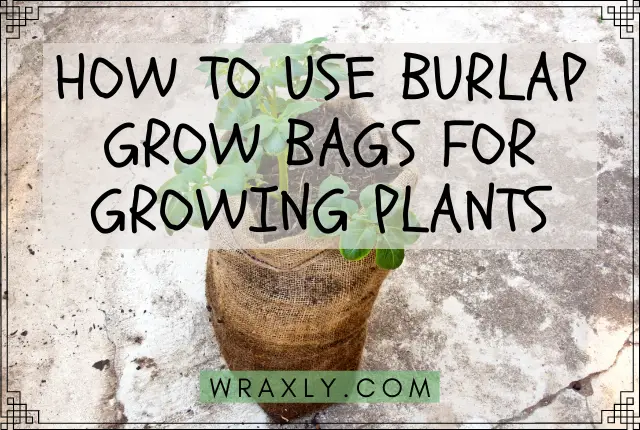
What is burlap?
Most people have seen burlap, but not many know what it is exactly. Burlap is a coarse, woven fabric made from jute, a plant that is native to India and Bangladesh. The plants are harvested, the fibers are extracted, and then the fibers are spun into thread. The thread is then used to weave the fabric. Burlap is often used for things like potato sacks and coffee bean bags because it is very strong and durable. It is also often used in gardening because it can help to prevent weed growth.
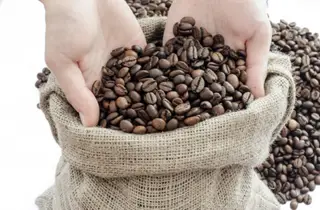
Where can I find burlap bags?
You can find burlap bags at most craft stores. They are usually located in the fabric section near the other types of bags. You can also find them online at sites like Amazon.com. Just type “burlap bags” into the search bar and you will get a list of options to choose from.
Recommended Burlap Bags for Use as Grow Bags
How to use jute growbags
According to JuteBag, jute and burlap bags are both made from natural fibers, but there are some key differences between the two materials. Jute is a strong, lustrous fiber that can be spun into coarse, strong threads. It’s often used to make twine and rope, as well as heavy-duty bags and sacks. Jute grow bags are typically stronger and more durable than burlap bags. However, burlap bags are often cheaper and easier to find, so they’re a good option for light-duty tasks.
If you want to try growing plants in jute bags, the process that follows remains the same.
HANDPICKED RELATED CONTENT: 10 Alternatives to Fabric Grow Bags for Your Garden
What size should I buy for growing vegetables in burlap bags?
When it comes to deciding what size burlap bag to buy for planting vegetables, there are a few things to keep in mind. First, consider the type of vegetable you want to grow. Larger vegetables such as tomatoes and squash will need a bigger bag than smaller ones like carrots and radishes.
Second, think about how many plants you want to grow. If you only have room for a few, a small bag should be fine. But if you’re looking to create a full-fledged vegetable garden, you’ll need a larger bag (or multiple bags).
Finally, take into account the size of your garden space. If you have a large backyard, you can probably get away with a bigger bag. But if you’re limited on space, it’s best to stick with a smaller option. By taking all of these factors into consideration, you should be able to find the perfect size burlap bag for your vegetable-growing needs.
What can you grow in a burlap grow bag?
Just about anything! Burlap grow bags are a great way to increase your gardening space, and they can be used for everything from herbs and vegetables to flowers and trees. Plus, it is super easy growing plants in burlap bags. The key is to choose the right size bag for your plants. For example, small plants like herbs can do well in 5-gallon bags, while larger plants like tomatoes will need at least a 10-gallon bag. (See: Grow bags for potatoes)
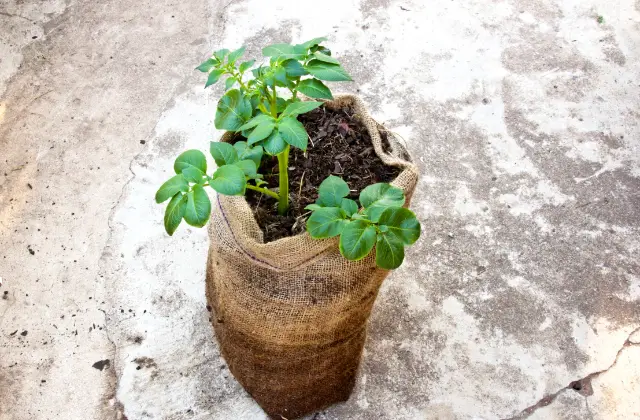
How to use a burlap bag as a grow bag
To use a burlap bag as a grow bag, simply fill the bag with potting soil and then plant your seeds or seedlings. Water regularly and soon you will have healthy plants growing in your burlap bags. You can even add fertilizer to the soil if you want to give your plants a little extra boost.
HANDPICKED RELATED CONTENT: Make your own grow bags
Growing tomatoes in burlap bags
Tomatoes are a delicious and versatile addition to any meal, but they can be tricky to grow. One way to overcome some of the challenges of tomato cultivation is to grow them in burlap bags. This method is often used by commercial growers, as it offers several advantages. First, tomatoes grown in burlap bags have fewer problems with disease. Second, the bags help to regulate moisture levels, preventing the fruit from cracking. Finally, burlap bags allow for better drainage, which is essential for healthy tomato plants.
If you’re interested in giving this method a try, simply fill a 10-gallon burlap bag (approximately 10-15 inches wide by 8-12 inches in depth) with a good-quality potting mix, then make a small hole in the center and carefully insert your tomato plant. Be sure to leave enough room at the top of the bag so that you can water it easily. Once your plant is in place, water it well and put it in a sunny spot. You may need to stake it if it gets too tall. When the fruits start to ripen, you can snip them off the vine and bring them indoors to finish ripening on a windowsill.
FAQs about burlap
Burlap is a popular and versatile material used by gardeners. Here are answers to some of the most common questions gardeners have about using burlap grow bags.
Besides being used as grow bags, burlap has a lot of additional benefits for plants. For one, it helps to regulate moisture levels and prevents weeds from growing. It also provides support for roots and helps to prevent soil erosion. Additionally, burlap can be used as a mulch to keep the soil warm in the winter and cool in the summer. Overall, burlap is a great material to use when planting or caring for your garden.
Generally speaking, burlap will degrade within a season or two, depending on the climate and weather conditions. In hot and dry climates, burlap will break down more quickly, while in cooler and wetter climates, it will take longer for the burlap to decompose.
The answer depends on a few factors, including the type of burlap and the conditions it’s in. For example, untreated burlap will decompose more quickly than treated burlap. And burlap that’s exposed to sunlight, moisture, and heat will decompose faster than burlap that’s stored in a cool, dry place.
Most burlap that you’ll find at your local craft store is treated with a chemical finish that helps to repel water and resist rot. This treatment is important if you’re planning to use your burlap for outdoor projects like gardening. But what if you’re not sure whether your burlap is treated? There are a few simple ways to test it. First, try running a piece of burlap underwater. If the fabric repels the water, it’s likely treated. Another test is to try tearing the fabric. Treated burlap will be much more difficult to tear than untreated fabric. Finally, take a close look at the color of the fabric. Untreated burlap is typically a light tan color, while treated burlap often has a slight greenish tint. If you’re not sure whether your burlap is treated, it’s best to err on the side of caution and assume that it is.
Yes, water can pass through burlap. This is because burlap is made of natural fibers that are loosely woven together. As a result, water can easily seep through the fabric.
It depends on the plant, the type of burlap, and the conditions of the soil. In general, though, roots will grow through burlap if they have enough moisture and nutrients. For grow bags, try to find burlap bags with the tightest weave. These will keep roots from growing through them the best.
Burlap bags are a great option for small-scale potato cultivation. Potatoes need loose, well-drained soil to thrive, so the burlap bag will help to provide that. You’ll also need to water your potatoes regularly. Once the plants start to flower, you can stop watering as often. When the potatoes are ready to harvest, you’ll just need to cut open the bag and carefully dig them out.
The short answer is yes, burlap is safe for vegetable gardens. Unlike some synthetic materials, burlap is made from natural fibers that won’t harm your plants. Many gardeners prefer to use burlap because it’s biodegradable and will eventually break down in the soil. However, there are a few things to keep in mind when using burlap in your garden. First, make sure the burlap you use is breathable. Otherwise, it can prevent air and water from reaching your plants’ roots, which can lead to problems. Second, be sure to remove any rocks or sharp objects that might be hidden inside the fabric. And finally, be aware that some burlap contains harmful chemicals that can leach into the soil and potentially harm your plants. So make sure to choose untreated burlap if you go this route.
Final Thoughts
So, there you have it – everything you need to know about burlap grow bags. These tough, durable bags are an ideal choice for growing a wide variety of plants, from flowers to vegetables. They offer excellent drainage and aeration, while also being light and easy to move around. Plus, they’re an eco-friendly option that can be reused again and again. If you’re looking for an alternative to traditional pots and planters, then burlap grow bags are worth considering.

Darrell has a passion for gardening that he inherited from his father. Go here to read more about the influence his father played in his love for gardening. If you want to send Darrell a quick message, then visit his contact page here.
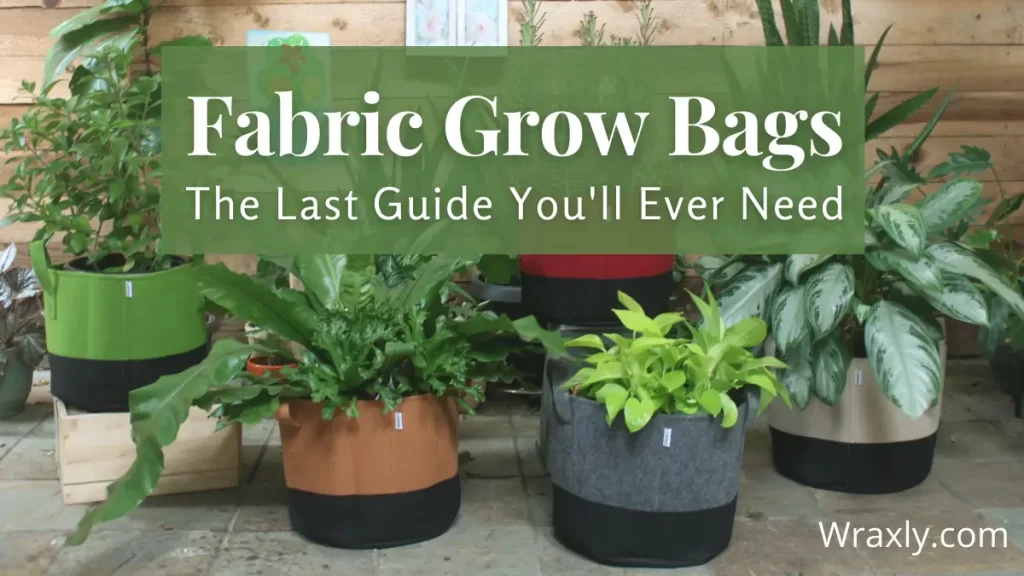
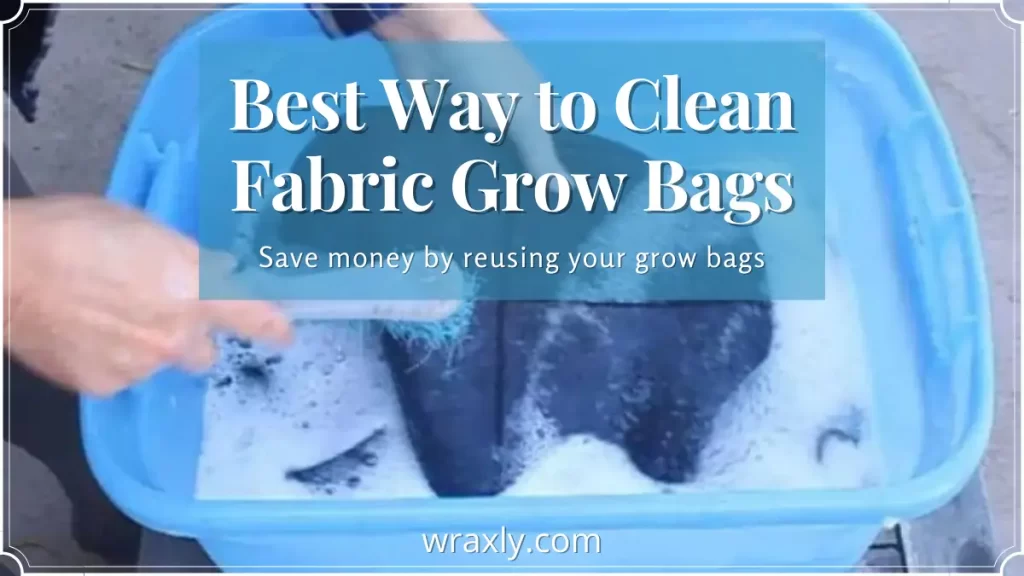
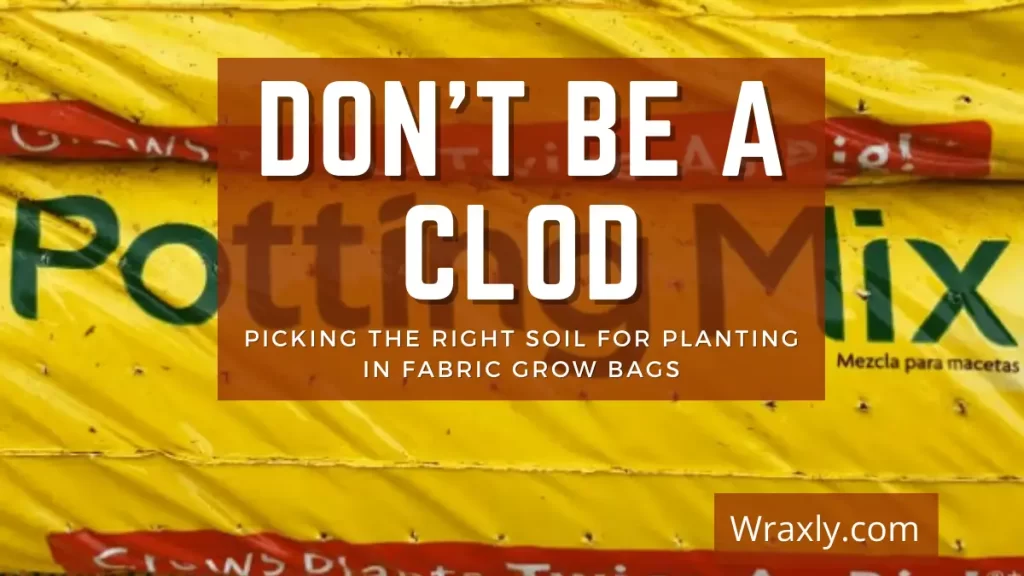
![Container gardening for beginners [Buying guide]](https://wraxly.com/wp-content/uploads/2021/02/Container-gardening-for-beginners-Buying-guide-1200-1024x576.webp)